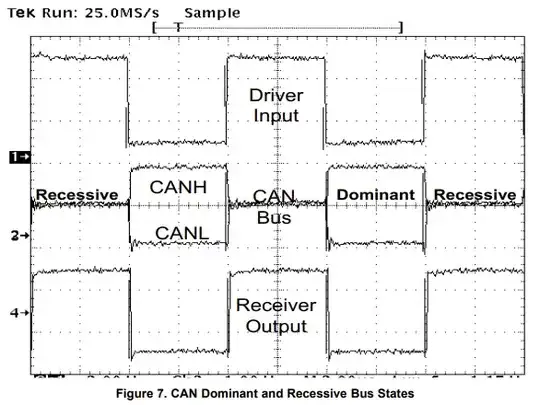I'll keep it simple:
- The two states are called HIGH and LOW (and in some cases HIGH-Z, but not relevant here)
- For ACTIVE-HIGH signals, the state HIGH corresponds to the ACTIVE state; How would you call the state LOW?
Maybe in this case, instead of calling the states ACTIVE and ???, it would be more suitable to call them ON and OFF?
As comments suggest, this highly depends on the context. Just to give some context, I am writing a digital input-output driver where the user can define whether the signal is active-high or active-low.
And then when reading or writing the signal, I don't want to use words HIGH and LOW because they obfuscate the intended configuration (active-high and active-low). My first thought was to use the words ACTIVE and INACTIVE, but the word INACTIVE is something I have not seen very often (if any), hence the question.
